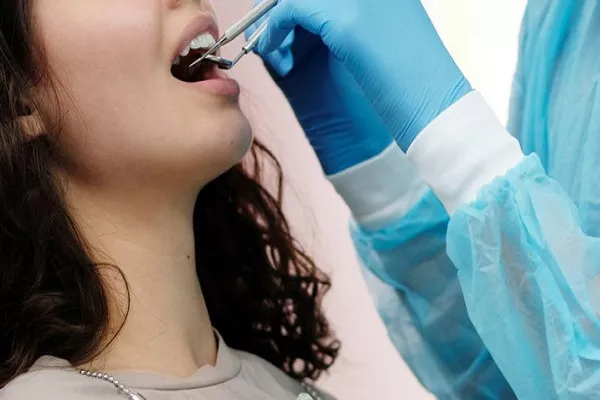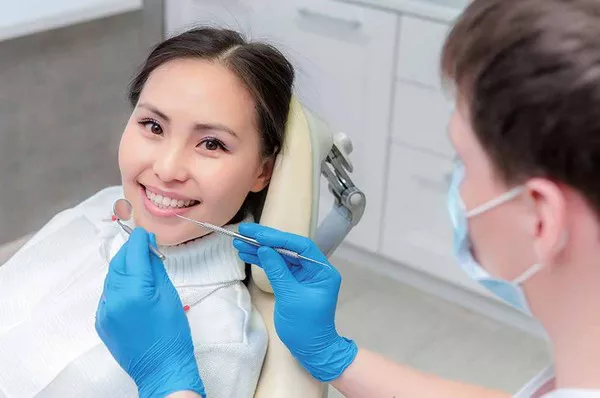Wearing a retainer is a crucial part of orthodontic treatment, as it helps maintain the results achieved from braces or aligners. However, encountering gaps or spaces between your teeth while wearing a retainer can be perplexing and concerning. In this article, we delve into the potential reasons behind the phenomenon of retainers causing gaps in teeth. Understanding these factors can aid individuals in addressing the issue and ensuring the success of their orthodontic journey.
The Importance of Retainers
Retainers play a pivotal role in maintaining the alignment and position of teeth after the initial phase of orthodontic treatment. They are designed to ensure that teeth remain in their corrected positions, preventing regression to their previous misaligned state. While retainers are effective tools, certain circumstances can lead to the development of gaps between teeth.
Normal Tooth Movement
It’s important to recognize that slight tooth movement is natural even after orthodontic treatment. Teeth may shift due to various factors such as age, genetics, and habits like teeth grinding or clenching. These subtle movements can create gaps between teeth, even with the consistent use of retainers. If the gaps are minimal, they may not require immediate concern, as they can often self-correct over time.
Retainer Wear Compliance
One of the primary factors influencing the development of gaps while wearing a retainer is the individual’s compliance with retainer wear. If a retainer is not worn as prescribed by the orthodontist, it can lead to the shifting of teeth and the appearance of gaps. It’s essential to wear the retainer consistently, following the orthodontist’s instructions to ensure teeth remain stable and aligned.
Inadequate Retainer Fit
Ill-fitting retainers can also contribute to the emergence of gaps between teeth. Over time, retainers may become worn out or damaged, causing them to lose their ability to hold teeth in place effectively. Regular check-ups with the orthodontist can help identify whether a retainer is fitting correctly and address any issues promptly.
Changes in Jaw Structure
The jaw continues to evolve throughout a person’s life, which can impact the alignment of teeth. Factors such as growth, tooth eruption, and changes in bone density can lead to shifts in tooth positioning. Consequently, these changes can create gaps, even if a retainer is consistently worn. Orthodontists consider these natural shifts when planning and designing a retainer, but occasional adjustments may be required.
Incorrect Retainer Use
Using a retainer incorrectly can exacerbate the issue of gaps. Some individuals may unknowingly put excessive pressure on certain teeth while inserting or removing their retainers. This uneven pressure distribution can lead to gaps developing over time. Learning the proper technique for retainer insertion and removal is crucial to avoid inadvertently causing misalignment.
Aand Dental Changes
As individuals age, their teeth may undergo subtle changes due to factors such as wear and tear, shifting of the bite, and bone density alterations. These age-related changes can contribute to the appearance of gaps, regardless of retainer use. Regular dental check-ups can help monitor these changes and determine whether adjustments to the retainer are necessary.
Addressing Gap Issues
If you notice the emergence of gaps while wearing your retainer, it’s advisable to consult your orthodontist promptly. They will assess the situation, potentially take new impressions, and recommend appropriate steps to address the issue. This may involve adjustments to the retainer, advice on improving wear compliance, or other treatment options, depending on the severity of the gaps.
Maintaining Good Oral Habits
In addition to wearing a retainer, practicing good oral habits can contribute to maintaining proper tooth alignment. Avoid habits such as thumb sucking or pushing the tongue against the teeth, as these actions can lead to misalignment. Brushing, flossing, and regular dental check-ups are crucial components of overall oral health and can aid in preventing dental issues that may contribute to gap development.
Conclusion
Experiencing gaps between teeth while wearing a retainer can be concerning, but understanding the various factors contributing to this issue can provide reassurance. Normal tooth movement, retainer wear compliance, changes in jaw structure, and other factors can all play a role. By staying vigilant about retainer wear, seeking timely professional advice, and maintaining good oral hygiene, individuals can work towards minimizing the occurrence of gaps and preserving the results of their orthodontic treatment for years to come.
Related Topics:





























